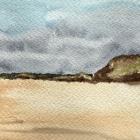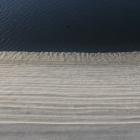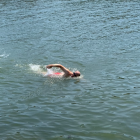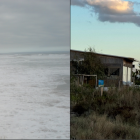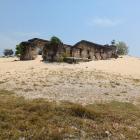Managing the Seed Legacy
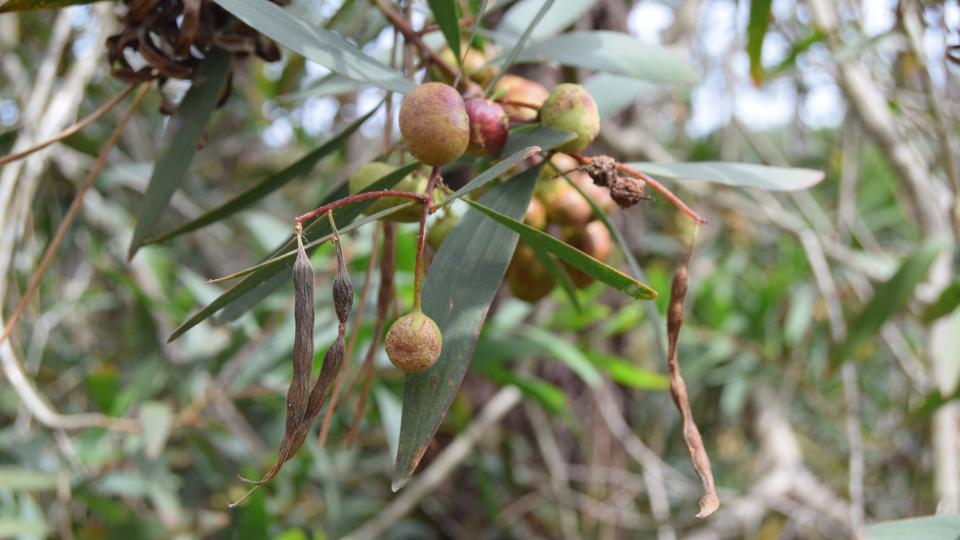
Nature’s tools in action: biocontrol galls replace pods on golden wattle (Acacia longifolia), reshaping the story of invasive plant management. Vagos dunes, Aveiro, Portugal, 2024.
Nature’s tools in action: biocontrol galls replace pods on golden wattle (Acacia longifolia), reshaping the story of invasive plant management. Vagos dunes, Aveiro, Portugal, 2024.
Photograph by Liliana N. Duarte
 This work is licensed under a Creative Commons Attribution 4.0 International License.
This work is licensed under a Creative Commons Attribution 4.0 International License.
Portuguese coastal landscape changed considerably in the twentieth century with the forest regime expanding afforested areas to counter coastal dune encroachment. Dunes were stabilized using a seed mixture of native and alien plants, including Acacia longifolia, also known as “golden wattle,” a shrub or small tree that occurs naturally in Southeast Australia. Acacia longifolia has become one of the most widespread invasive alien plants along the Portuguese coastal dunes, promoting significant negative impacts on biodiversity, ecosystems, and human activities. After being cut, this species has limited resprouting capacity, yet it accumulates a persistent soil seed bank that germinates when disturbed. Therefore, management with manual and mechanical control methods is often compromised when long-term follow-up controls are not assured.
To curtail the seed bank and Acacia longifolia’s ability to spread and reinvade, the Australian bud-galling wasp Trichilogaster acaciaelongifoliae was introduced as a biocontrol agent. This wasp reduces pod formation, thereby decreasing seed production and limiting plant growth by inducing the formation of galls in the golden wattle. Trichilogaster acaciaelongifoliae was first released in Portugal in 2015 along the coast and is now widespread. In my research, I have been studying the effect of this biocontrol agent on the seed dynamics of Acacia longifolia in coastal dunes, including the seed rain (i.e., seed production) and the seed bank accumulation. As expected, seed production has largely decreased, and, five years after establishment, the accumulated seed bank is showing signs of stabilization. These results are encouraging for the recovery of coastal dunes invaded by Acacia longifolia, emphasizing the urgent need for an integrated strategy and increased investment in biocontrol to improve the management of invasive alien plants in Europe.






